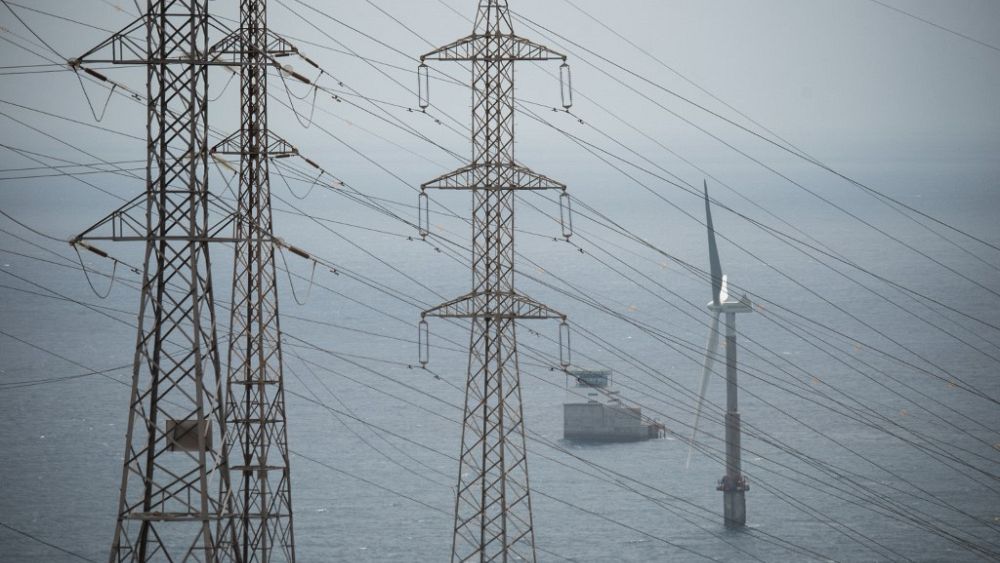Why is Europe keeping a cautious eye on US subsidies? And what impact could this have on the people of the continent?
Washington’s Inflation Reduction Act (IRA) was signed into law in August 2022. This multi-billion dollar grant package aims to ensure that the United States reduces its greenhouse gas emissions. So why do some EU member states feel the need to fight back?
France pushed for a European response when President Emmanuel Macron presented his French action plan “Made in Europeto European Commission President Ursula von der Leyen in mid-January. Here’s a quick summary of what he’s offering.
The “Made in Europe” strategy
The French plan calls for a reorientation of the EU’s industrial policy to achieve production targets by 2030 and reduce its dependence in key sectors.
Many industries in the EU have recently faced massive supply chain issues and material cost increases.
According to the plan, the targeted production targets will be governed by European legislation, similar to the European Chip Law for semiconductor technologies.
In order for companies to be able to set up their production sites in Europe, the procedures for issuing permits must be facilitated and accelerated. A reform of the energy market must allow companies in Europe to have access to affordable energy.
State aid maintained for the sectors concerned
Another point concerns the EU rules on state aid to companies – these should be able to be maintained for the sectors concerned, as has been the case during the Covid-19 pandemic. For France, they can take the form of subsidies or tax credits.
To ensure that all EU countries receive the necessary funding, a fund will be set up.
This fund will compensate for the uneven fiscal power to support industries between EU countries, for example by granting advantageous Community loans to different Member States.
This will allow EU countries to borrow jointly to finance climate-friendly investments.
Creation of a sovereignty fund
Emmanuel Macron suggests that EU Member States can also tap into a “sovereignty fund”. The money would come mainly from reallocated EU programs, such as the coronavirus aid package.
Additionally, it will be powered by REPowerEU – the EU funding framework aimed at diversifying investment away from Russian fossil fuels. It would be used to finance strategic projects for European industries.
A first official proposal was presented by the President of the European Commission, Ursula von der Leyen, on February 1.
It plans to support the industry with a three-digit sum of one billion euros. At the same time, she suggests removing bureaucratic obstacles.
There are plans to use some EU funds and to relax state aid rules. A controversial point is where new money comes from and how it can be used.
Why does Europe feel threatened by the Inflation Reduction Act?
The US climate bill not only provides significant subsidies for green companies in the energy, transport or hydrogen sectors, but also capitalizes on the domestic production of green climate technologies, in some way sort out a strategy “America first”.
Europe reacted with incomprehension and anger, fearing that European companies would be disadvantaged in the United States.
Moreover, the United States is not alone in trying to establish itself as a “global player” green transformation. Japan, China and India are also attracting companies whose products are considered to have a very promising future.


